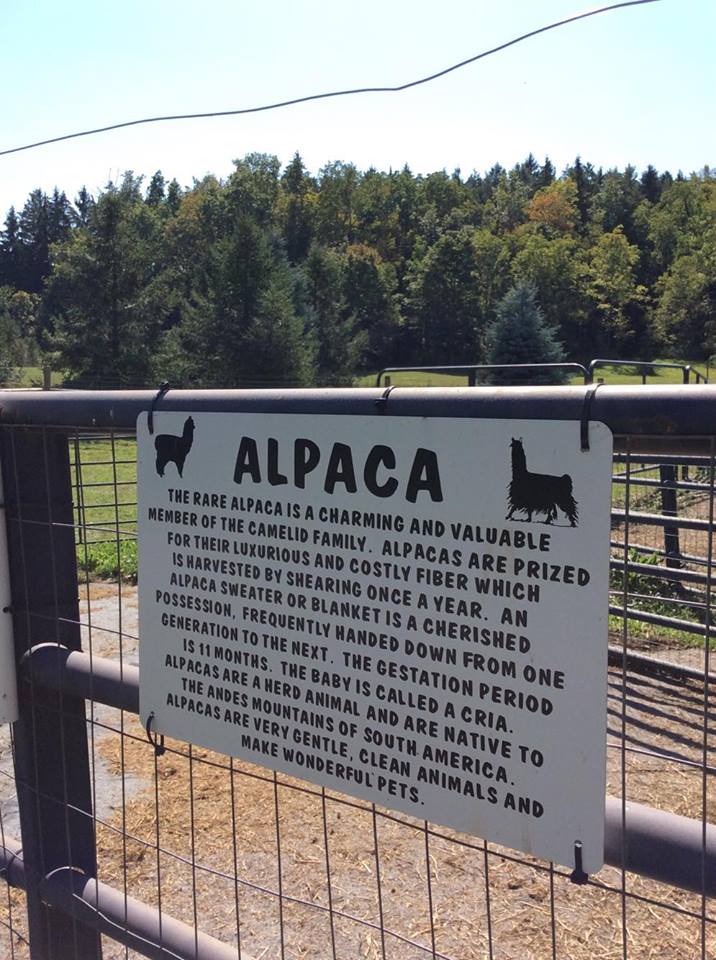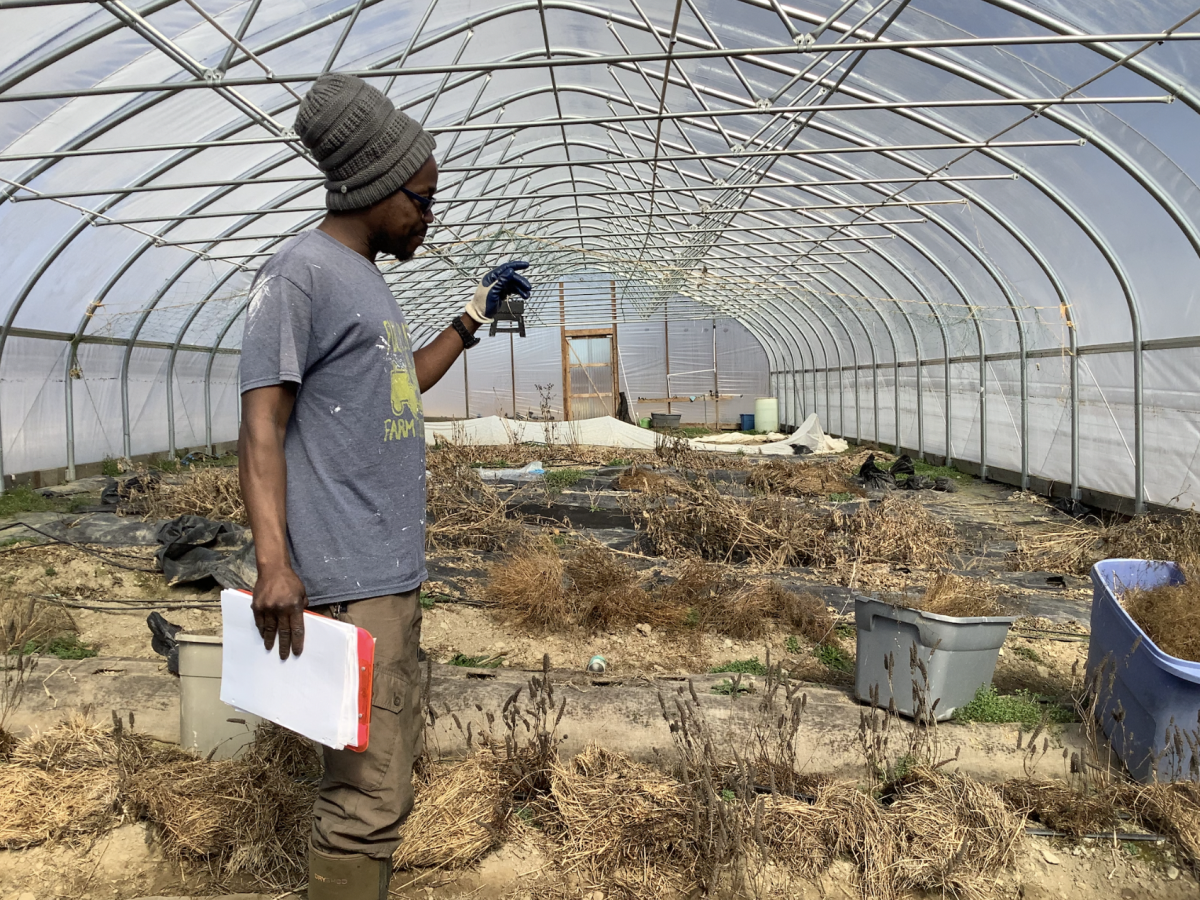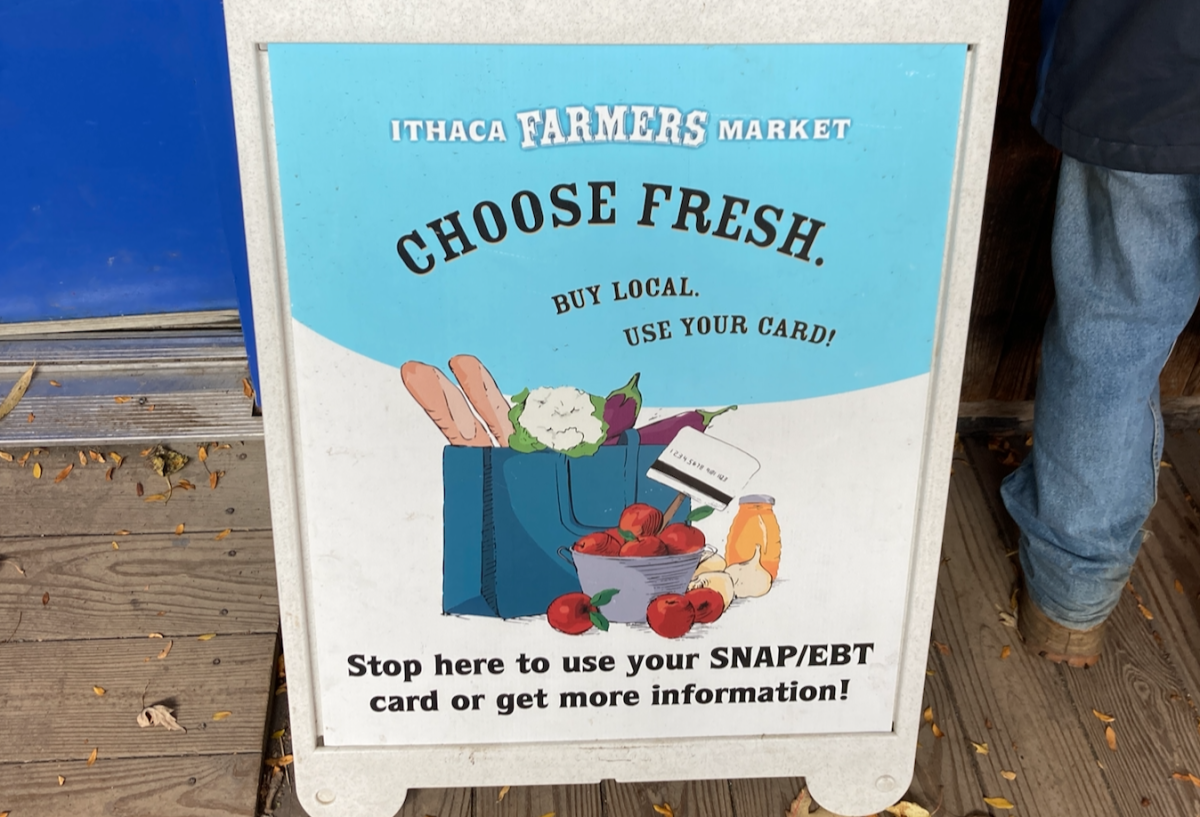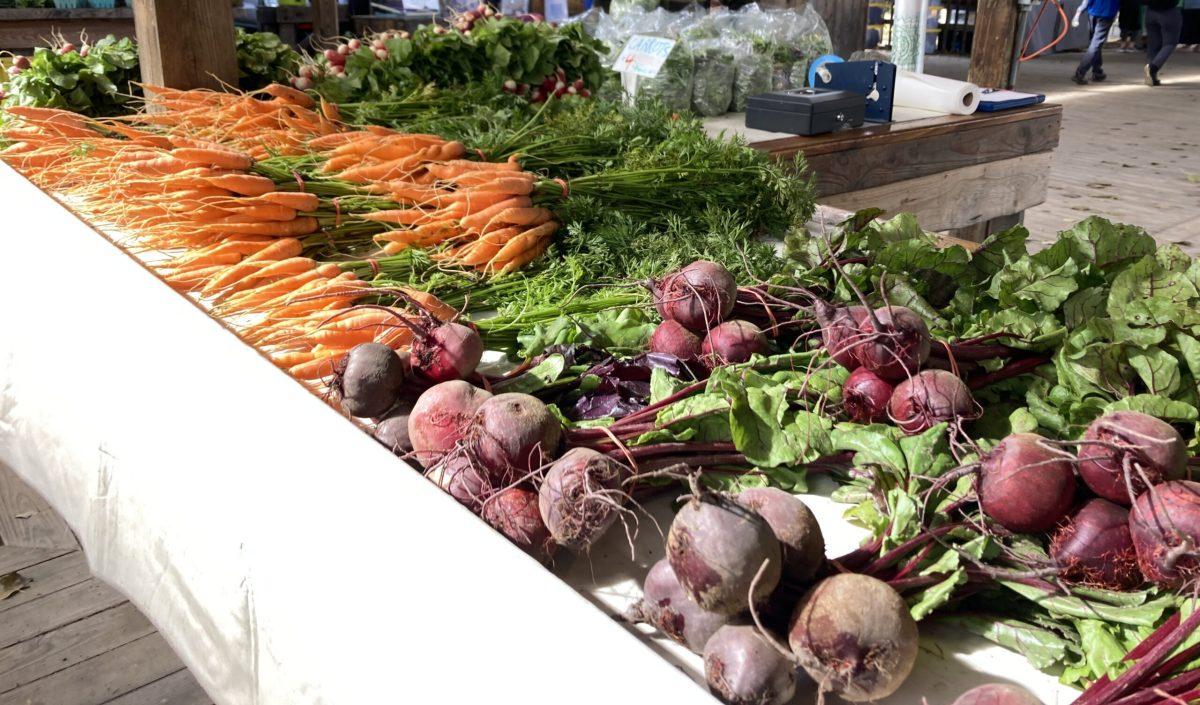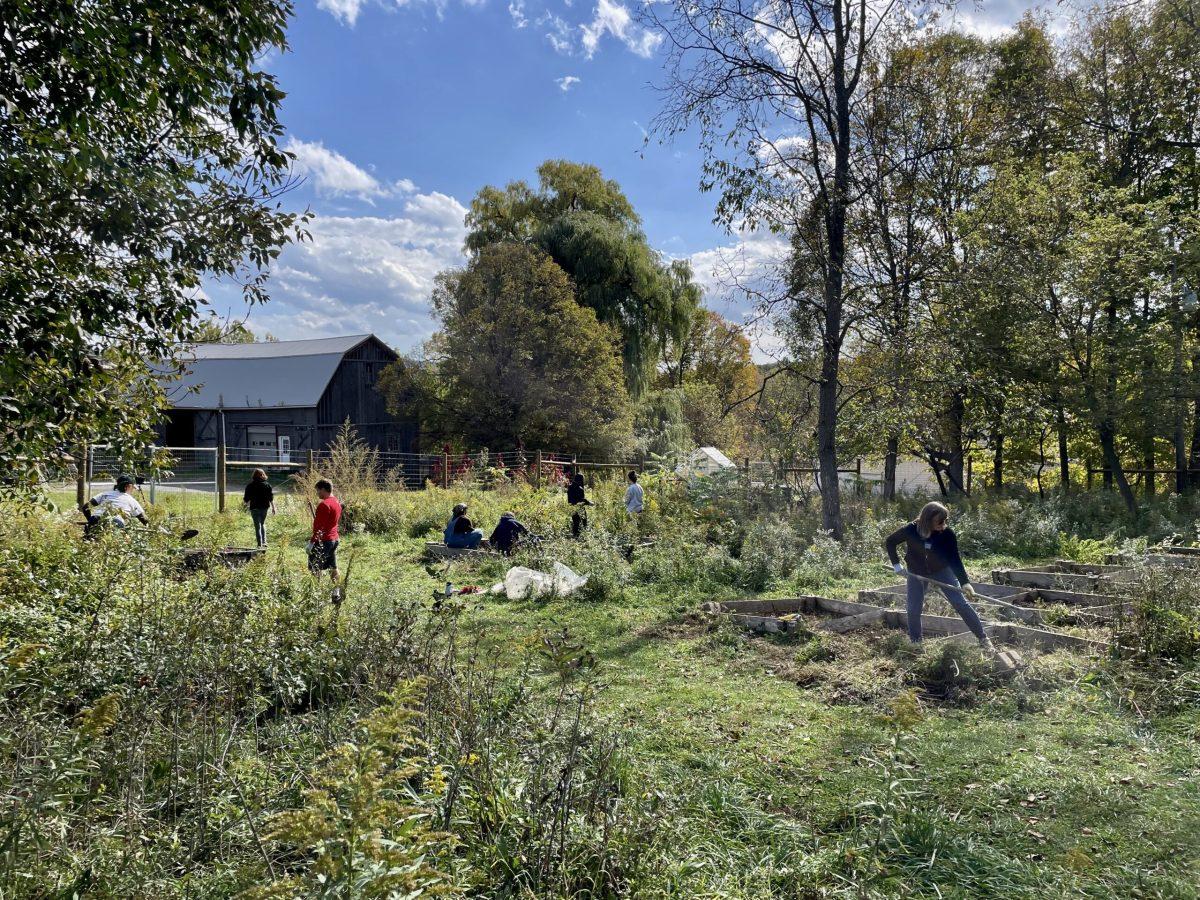Barbara and Mark Sodums are the owners of Shepherd’s Creek Farms, a small establisihment located in Trumansburg that specializes in raising alpacas. Barbara, a former teacher, and Mark, a cardiologist, first discovered the alpaca lifestyle in 2003 and said they immediately fell in love. They now care for 15 of the animals on the farm.

Shepherd’s Creek Farms was one of the many farms participating in National Alpaca Farm Day, held Sept. 23rd t this year. The holiday, created by the Alpaca Owners Association , is a day during which farms all across North America open their gates to families and friends to show them what it takes to raise these fascinating creatures.
“This weekend for us is primarily just a fun event for individuals and families who love alpacas or are interested in finding out more about them, “ said Sodums. “We are very hands-on with the visitors; encouraging feeding the alpacas and asking questions.”
The festivities featured a number of activities for visitors: including learning stations, snacks, a crafting table, and of course, alpaca meet and greets (alpacas are known for being very social creatures).
Alpacas come in one of two breeds: Huacaya, which are characterized by their fluffy/teddy bear-like fur, or Suri, who have a more silky and smooth fleece. They tend to live 15-20 years, and the oldest known was 27 years old! Mrs. Sodums said the alpacas living on the farm tend to serve one of three purposes:
- The breeding females
- The elite, or competition animals
- The fiber animals, whose fur is used for a variety of crafts

A major happening on the farm every year is shaving season. The fleece is a highly coveted commodity. It is warmer, lighter, and stronger than wool and comes in sixteen natural shades. It can also be dyed in a variety of ways, such as with Kool Aid, to produce bright colors.
“Once a year we sheer the alpacas and it comes off in one piece, called a blanket,” said Sodums. “We put it out on a table, which allows all the dirt and dust to fall through. We pick out all of the hay and things that get into it, and then we send it out for processing.”

According to Mrs. Sodums, the fleece will be sent to a mill that specializes in alpaca, where it will be made into material that can be then spun into yarn. Depending on the thickness and styling of the yarn, the fleece will become any number of products: including rugs, socks, blankets, and shirts. Visitors to the farm were able to purchase some of these products in the farm’s store.
Sodums and her fellow alpaca enthusiasts were eager to share their experiences on the farm with visitors, and even though she said they are moving towards semi-retiring, Sodums hopes that she will be able to continue to be a part of these animals’ lives.
“We just love having this farm and being able to care for these beautiful animals.”

